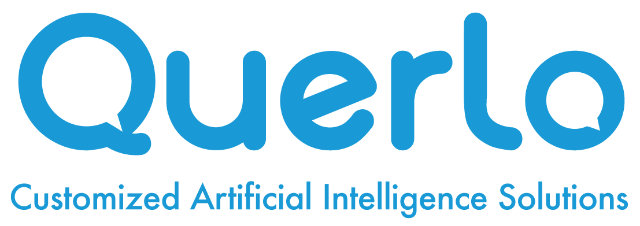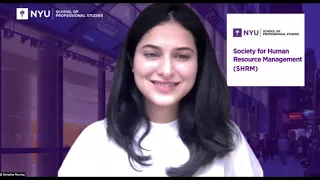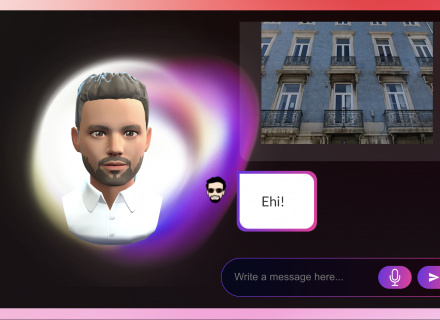Intro
AI in an NYU HR Graduate Program…on Mars! Recently, Francesco Rulli, CEO of Querlo, talked with Monalisa Routray, a Big Data Analyst and a full-time student/HCAT Candidate at the NYU School of Professional Studies. They had an in-depth discussion about using AI with NYU HR in a graduate final project.
Path to HR
The conversation begins with Routray providing Rulli and the Querlo audience with her windy path into HR; “my journey into the People Analytics Space has been unique to say the least”. Routray’s formal education was a degree in Computer Science and Engineering. Following her degree, she worked with EY as a data analyst and then at a small startup in Singapore afterwards. Working at these companies gave her the perspective that the employees at such tech companies are often not happy for many different reasons. With this realization, she decided to pivot into the People Analytics and Human Capital Program at NYU; to her, this program was perfect: right at the intersection of emerging technology, work psychology, HR and business.
To begin this program, Routray enrolled in and attended the Design Thinking Course created/taught by Professor Stela Lupashor at NYU. It was through a seminar in this summer course that she actually met Rulli and began corresponding from then on.
Project on Mars
The final project for this course was centered around the Human Centered Design Thinking Principles taught in the course; oddly enough, the project concerned a company called Futureco moving to Mars, as previously mentioned. Routray’s group – including Patrick, Thomas and Jazz – was tasked with handling the Futureco L&D Department’s adaptation. The team spent a lot of time planning how they wanted to improve and optimize the L&D Department’s operations; they interviewed Futureco team members for input and built Sarah as a result. Sarah was complete with empathy maps and iterations of a journey map. The final deliverable was a chatbot based on the key Design Thinking Principles and the DNR Principles. These included, specifically, accessibility for visually disabled users (closed captions, alt-text, and general color combinations). The best part? This chatbot for creating an enhanced learning experience was created completely via the Querlo Chatbot Studio!
Building the Chatbot with Querlo AI
Reflective of the world now, all the Futureco employees planning to move onto Mars are working remotely on a space station. As a result, they have no access to in-person training sessions or educational conferences. The conversational AI chatbot that Routray and the group made bridges that gap with personalization and without the space and time constraints of in-person interaction. To make this plan a reality, the group decided to use the Querlo platform and according to Routray it was extremely intuitive! The group was able to personalize each interaction and the platform gave ample space for features including a custom background and avatars.
Chatbot Demo
To end the call, Rulli excitedly asks for a demonstration of the chatbot that the group built and Routray responds in kind. The first thing she points out after pulling the bot up is that the avatar they chose was Master Yoda (to guide curious employees in education). Module 1, she shows, reinforces learning with a positive feedback loop. Then, a later module helps schedule times for the employee to learn if they are not currently available.
The chatbot even includes a feature that stores the user’s name when prompted #and refers to the user from then on; the user is pleasantly surprised to begin their learning session. Lastly, the employee can check the number of minutes they’ve completed of a certain learning module; they can also even connect with peers via a DNR element to increase collaboration and team strength.
Routray also comments on future plans that the group would have implemented in given more time. These include voice search optimizations and incorporating other apps (like Google or Outlook) for easier scheduling; this would create the feel of a broader, more integrated app.
Conclusion
Routray closes the meeting by outlining her immediate future plans. She is still a full-time student at NYU and wants to improve her storytelling and visualization skills in the next year. This way, she can create and effectively deliver compelling presentations to stakeholders of relevant companies! Routray lets people know that if they want to learn more about what she’s studying, or have any questions, they can reach out to her on LinkedIn.



